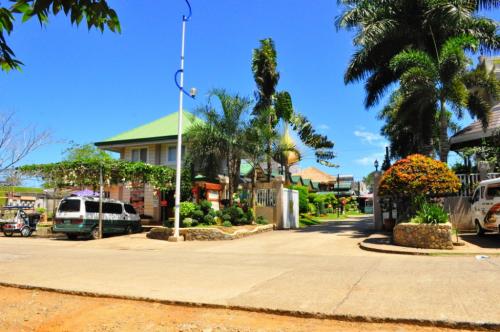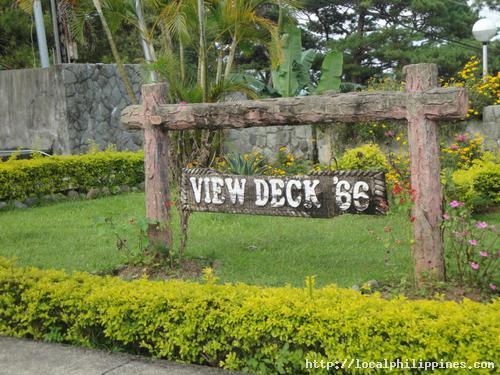The Philippine Military Academy traces its roots to the old Santa Lucia Barracks in Intramuros, Manila where it started as an Officer's School for the Police Force of the Philippines on February 17, 1905. The students then underwent a nine-month training period to acquire the knowledge and skills needed to make them effective leaders of the Police Force.
Three years later, on September 1, 1908, the school was transferred to Baguio City, first at Camp Henry T. Allen and later at Teacher's Camp. The school was renamed as the Philippine Constabulary Academy in September 8, 1926 and it's course of study was lengthened from nine months to three years.
On December 21, 1936, Manuel L. Quezon, president of the Philippine Commonwealth, signed into law the National Defense Act. This law provided for the formal organization of the Philippine Military Academy which was heretofore authorized to confer a Bachelor of Science degree on its graduates after they successfully complete the four-year course.
The operation of the Academy was temporarily stopped with the outbreak of World War II in December 1941. The graduating classes of 1942 and 1943 were allowed to graduate earlier than scheduled and were given assignments in combat units in Bataan and other parts of the country. Many of them sacrificed their lives in the altar of duty. The Academy then reopened on May 5, 1947 at Camp Henry T Allen in Baguio City.
In 1950, the Academy was transferred to the sprawling 373-hectare compound ten kilometers south of downtown Baguio City. Here, it found its permanent home in a camp named after the young hero of the battle of Tirad Pass, Gen. Gregorio Del Pilar. The PMA site, which is now referred to as Fort Del Pilar, was developed into an ideal military training institution with facilities and infrastructures required by a growing military academy. Its curriculum, which was initially technically oriented (having been patterned after that of the U.S. Military Academy at West point) remained unchanged for a number of years.
The insurgency problem of the 1960's and the declaration of Martial Law on September 21, 1972, however, paved the way to changes for a balanced curriculum between the techno-scientific and socio-humanistic courses. The perceived need of the time was the strengthening of the military in order to effectively address the internal threats posed by the local communists and the seccessionists in the Southern part of the Philippines.
1986 and the people's revolt against the Marcos regime found the Armed Forces of the Philippines in need of urgent reforms. The Martial Law era had alienated the military from the people it was designed to protect. The revolution was the turning point in the relationship of the military and the people and it brought about the restoration of trust and confidence of the people on the military. This then signalled the necessity to undergo subtle but deep-seated changes in the Academy. Filipino was incorporated in the curriculum and human rights and constitutionalism were given stronger emphasis in the social sciences.
The Philippine Military Academy has since then implemented several innovations in the training of the cadets to meet the needs of the changing times. Among the significant changes are the Tri-Service Curriculum which tasked the Academy to provide functional officers for the three branches of service of the AFP. The Tri-Service Curriculum was implemented effective June 1993, with the class of 1995 who were at that time in their second class year. During that same year the Academy admitted the first batch of female cadets in Accordance with Republic Act 7192.
Source:
Angelfire.com




















